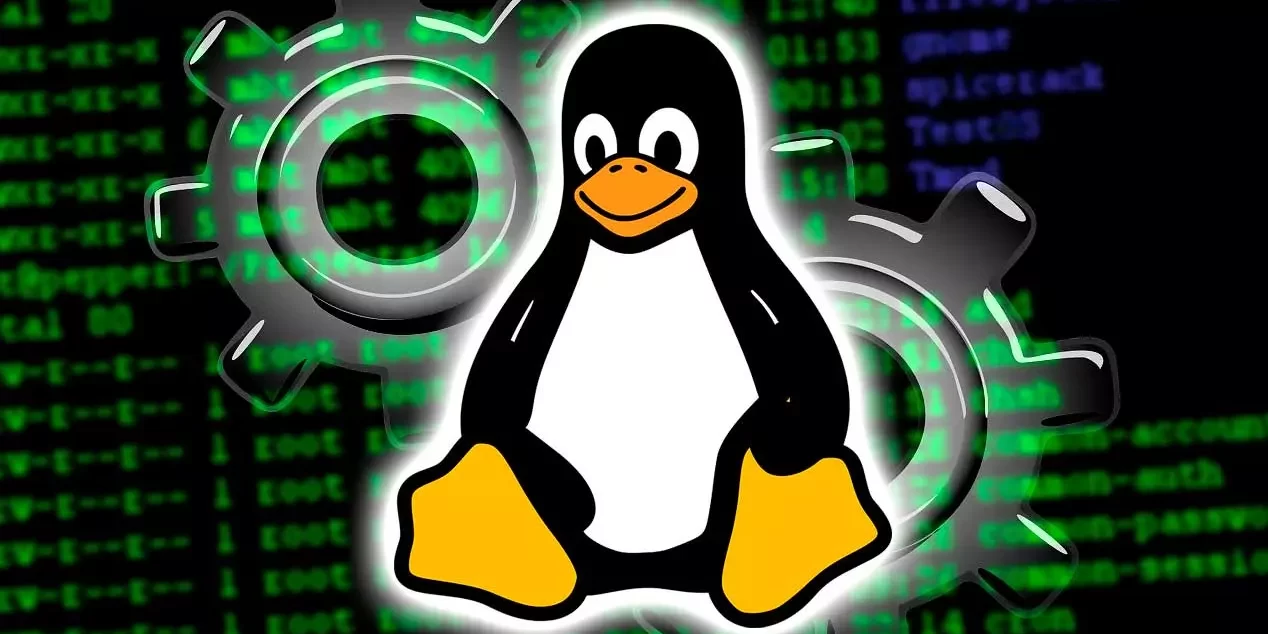The Linux filesystem, just as the Unix filesystem before it, has a common layout. No matter how many disks you have installed in your system, everything will fall under / (the root folder). The common directories you will see in a Linux system are as follows:
/bin
Commands/binary files that have to be available when the system is booted in single-user mode.
/boot
Boot files are stored here, including the configuration of the boot loader, the kernel, and any initial ramdisk files needed to boot the kernel.
/dev
A pseudofilesystem that contains entries for hardware devices for programs to access.
/etc
Configuration files related to the operating system and system services.
/home
The directory containing the user’s home directories.
/lib
Library files that contain shared code and functions that any program can use.
/opt
Optional, third-party software is loaded here.
/proc
A pseudofilesystem that has directories containing files related to running processes, including memory maps, the command line used to run the program, and other essential system information related to the program.
/root
The home directory of the root user.
/sbin
System binaries that also need to be available in single-user mode.
/tmp
Temporary files are stored here.
/usr
Read-only user data (includes bin, doc, lib, sbin, and share subdirectories).
/var
Variable data including state information about running processes, log files, runtime data, and other temporary files. All of these files are expected to change in size or existence during the running of the system.


